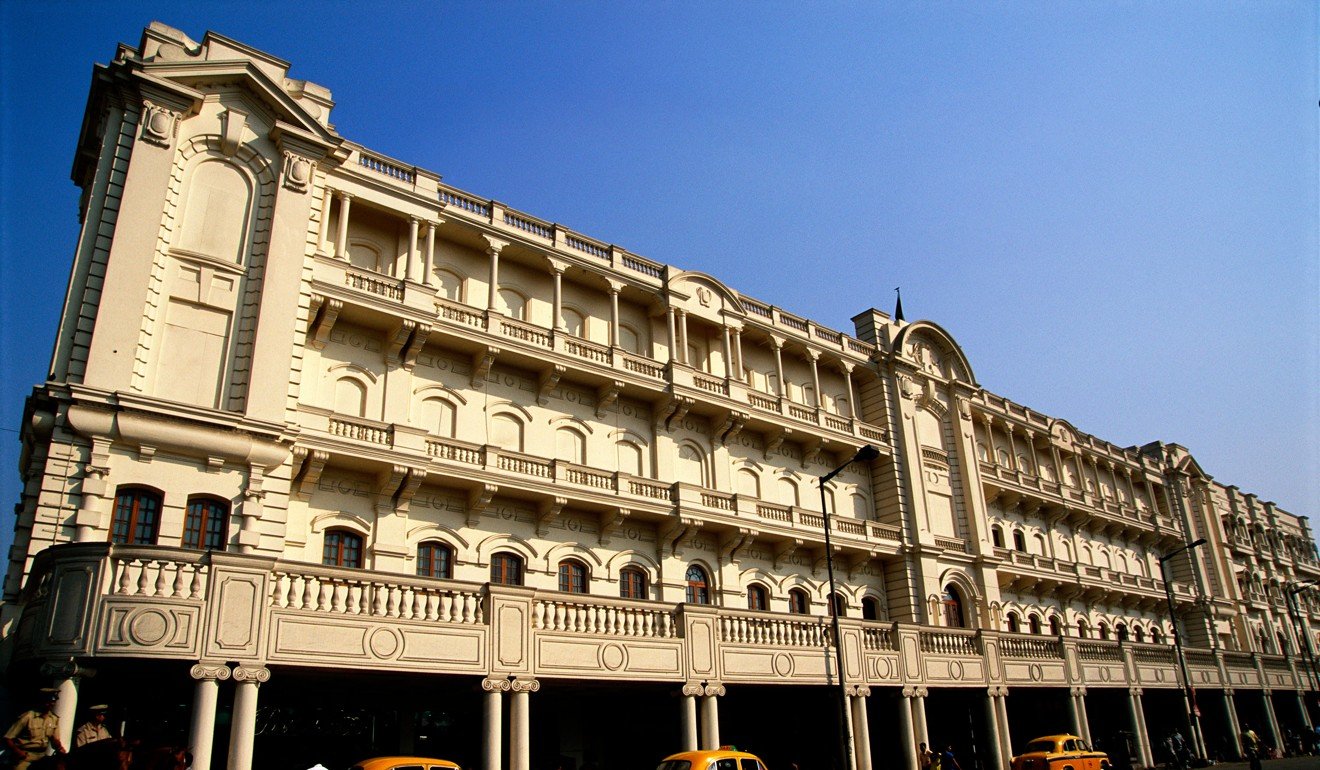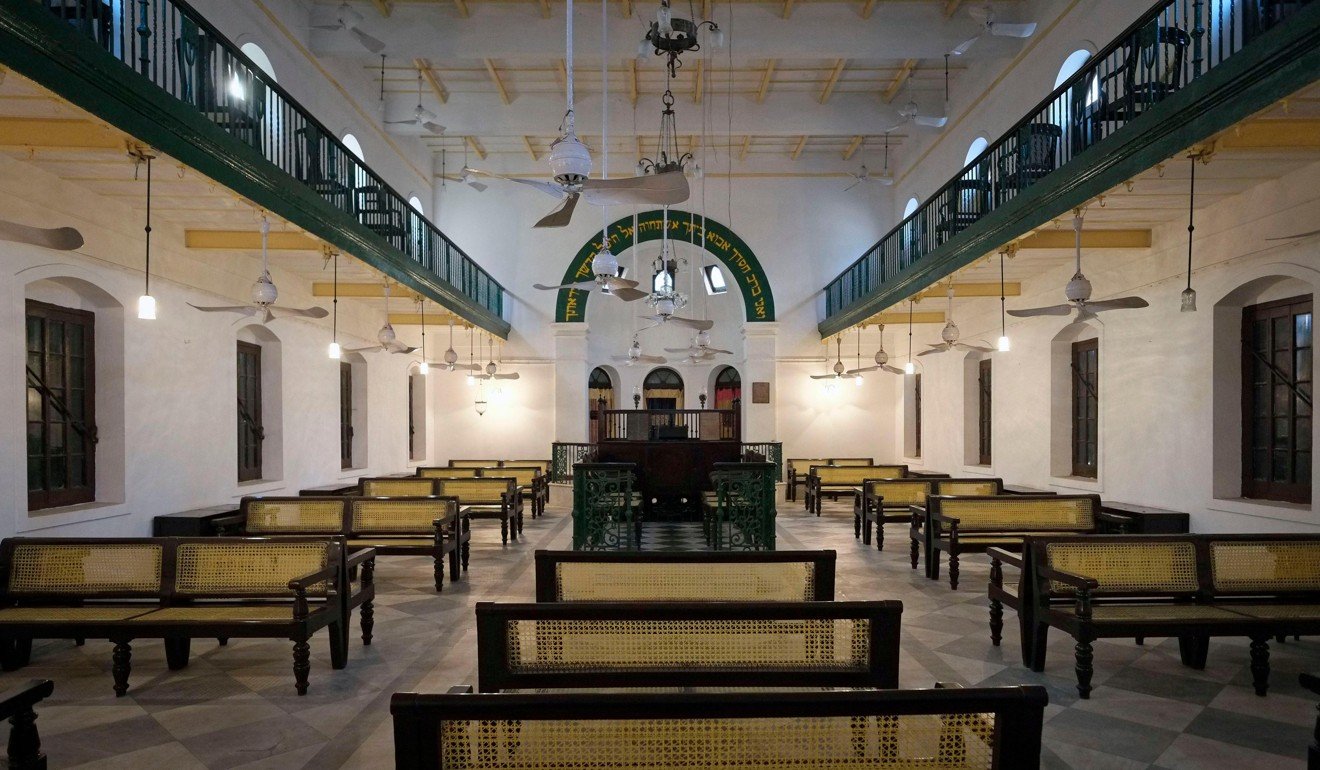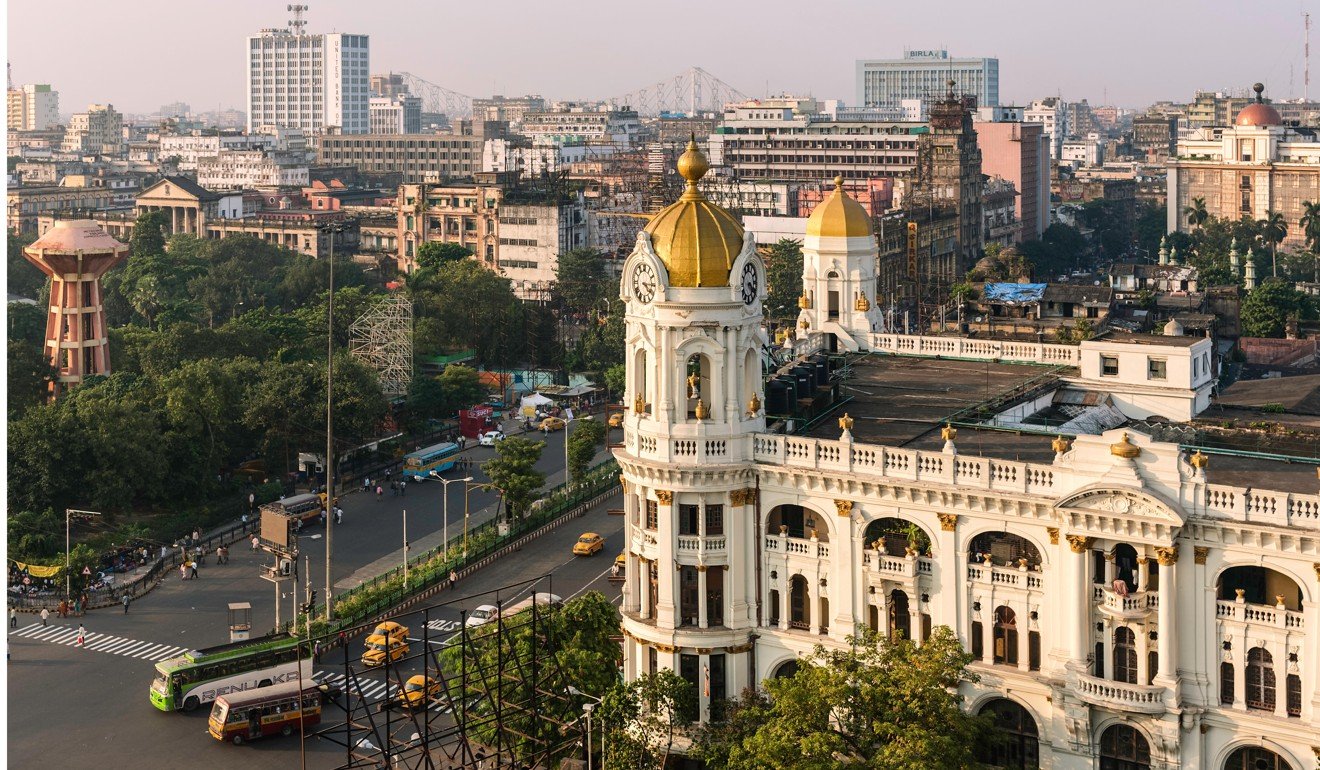
Kolkata: more colonial heritage in one city than whole of US, yet its architectural wealth is under constant threat
When India gained independence, it decided to retain and protect thousands of Kolkata’s colonial buildings, keeping some, such as the Bengal Club, as they were, and repurposing others. Now the only real threat is from developers
The British left footprints across their far-flung colonial empire, from Toronto to Yangon. But nowhere is there as vast and varied a collection of heritage architecture as there is in Kolkata.
Thousands of buildings – including homes, churches, palaces and even synagogues – survive from the days of British rule.
Ghost stories find fertile ground in Indian city of Calcutta
This marvellously exuberant, maddeningly chaotic city began its recorded history as a small trading post in the 1690s, rose to become the seat of British power and now ranks as India’s third largest city, a megalopolis of almost 15 million people.
Unlike countries which opted to eradicate the physical legacies of colonialism, India has accepted them as witnesses to history. The prime eradicator of Kolkata’s past has not been politics but those whom preservationists call “land sharks” – developers against whom they wage a sometimes winning, sometimes losing battle.

Dating back to the late 1880s, the Grande Dame of Calcutta, as the Oberoi was known, was the social hub of the colonial city. During the second world war, it was party headquarters for American soldiers.
Today the hotel is an oasis of tranquillity amid the surrounding vibrant street life, offering palm-shaded courtyards, Victorian four-poster beds and service which viceroys would find hard to fault.
It was from here that 200 British officers ruled over 200 million Indians
The Bengal Club, another enduring social fixture, has been catering to the elite since 1827, and the lovely premise strives to keep the modern world at bay.
One may forget it is 2018 while sipping tea in a politely hushed room named after the prominent 18th century British painter Joshua Reynolds, one of whose works hangs on its pastel yellow walls. The colonials also tried to shut out a dramatically changing India: incredibly, the club only opened its doors to Indians in 1959 – 12 years after independence.

Why colonial Hong Kong’s architecture owed more to Calcutta and Macau than Britain
What soon became obvious on our walk, even to an untrained eye, was the incredible architectural melange.
The Victoria Memorial, the city’s most imposing colonial structure, is described as being designed in “the Indo-Saracenic revival style which uses a mixture of British and Moghul elements with Venetian, Egyptian, Deccan and Islamic architectural influences.”
Dedicated to the memory of Queen Victoria, its vast collection of art and artefacts include her childhood piano and a writing desk.
Our four-hour stroll through several centuries of history took us past the post office built in 1868 and the Royal Insurance Building, still busy today, where British officials would ride their horses right up to their desks. In the vast Writer’s Building, India’s still notorious bureaucracy administered a population which also included Greeks, Dutch and Armenians.

Most of the buildings we saw are on a protected heritage list. But many others are decaying or have been razed.
The Epic City, a Princeton graduate’s love letter to Calcutta
“Indian people want to preserve the past. We don’t easily make way for the new, but powerful market forces are working against this,” says Bonani Kakkar, who heads People United for Better Living in Calcutta, an environmental and preservation group.

Philip Davies, an authority on colonial architecture, notes that there are more heritage buildings in this city than all of the United States, but that Kolkata is a “sleeping giant at the crossroads”.
“It is stumbling toward the future rather than grasping the spectacular opportunities afforded by its heritage,” he says. “Its unparalleled heritage is crumbling from neglect, and falling prey to random, speculative development.” But he hopes a brave new vision will save one of the world’s great historic cities.
Getting there
The best international air connections are through Bangkok or Delhi.
Staying there
Rooms at the Oberoi Grand Hotel (15 Jawaharlal Nehru Road, oberoihotels.com) start from US$170.
Best time to visit: November to February.
Calcutta Walks: 9A Khairu Place, calcuttawalks.com. Heritage Walk is US$30 per person.

